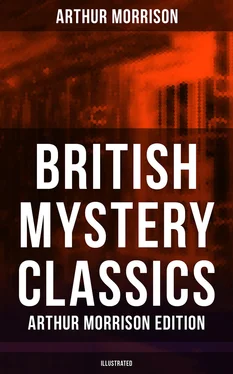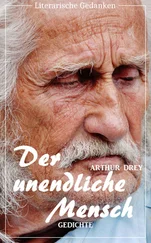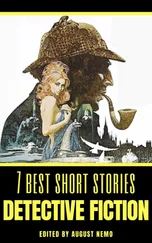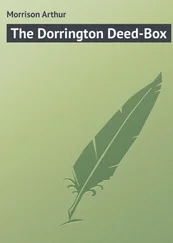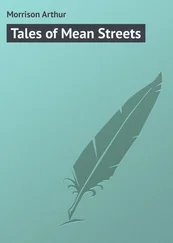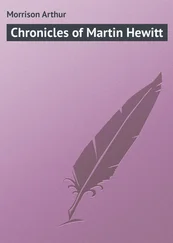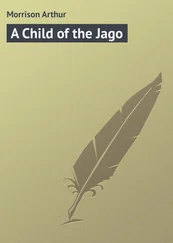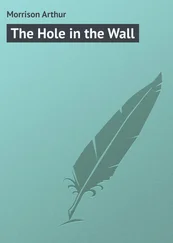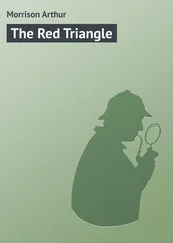“The other, now?”
“His name’s Ritter. He is merely a tracer, not a fully skilled draughtsman. He is quite a decent young fellow, and I have had him two years. I don’t consider him particularly smart, or he would have learned a little more of his business by this time. But I don’t see the least reason to suspect him. As I said before, I can’t reasonably suspect anybody.”
“Very well; we will get to Chancery Lane now, if you please, and you can tell me more as we go.”
“I have a cab waiting. What else can I tell you?”
“I understand the position to be succinctly this: The drawings were in the office when you arrived. Nobody came out, and nobody went in; and yet they vanished. Is that so?”
“That is so. When I say that absolutely nobody came in, of course I except the postman. He brought a couple of letters during the morning. I mean that absolutely nobody came past the barrier in the outer office—the usual thing, you know, like a counter, with a frame of ground glass over it.”
“I quite understand that. But I think you said that the drawings were in a drawer in your own room—not the outer office, where the draughtsmen are, I presume?”
“That is the case. It is an inner room, or, rather, a room parallel with the other, and communicating with it; just as your own room is, which we have just left.”
“But, then, you say you never left your office, and yet the drawings vanished—apparently by some unseen agency—while you were there in the room?”
“Let me explain more clearly.” The cab was bowling smoothly along the Strand, and the engineer took out a pocket-book and pencil. “I fear,” he proceeded, “that I am a little confused in my explanation—I am naturally rather agitated. As you will see presently, my offices consist of three rooms, two at one side of a corridor, and the other opposite—thus.” He made a rapid pencil sketch.
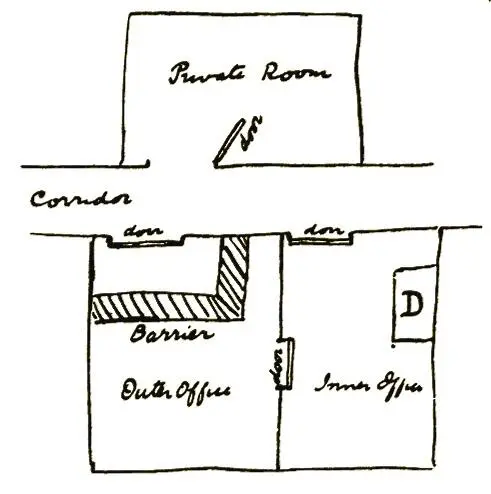
“In the outer office my men usually work. In the inner office I work myself. These rooms communicate, as you see, by a door. Our ordinary way in and out of the place is by the door of the outer office leading into the corridor, and we first pass through the usual lifting flap in the barrier. The door leading from the inner office to the corridor is always kept locked on the inside, and I don’t suppose I unlock it once in three months. It has not been unlocked all the morning. The drawer in which the missing drawings were kept, and in which I saw them at ten o’clock this morning, is at the place marked D; it is a large chest of shallow drawers in which the plans lie flat.”
“I quite understand. Then there is the private room opposite. What of that?”
“That is a sort of private sitting-room that I rarely use, except for business interviews of a very private nature. When I said I never left my office, I did not mean that I never stirred out of the inner office. I was about in one room and another, both the outer and the inner offices, and once I went into the private room for five minutes, but nobody came either in or out of any of the rooms at that time, for the door of the private room was wide open, and I was standing at the book-case (I had gone to consult a book), just inside the door, with a full view of the doors opposite. Indeed, Worsfold was at the door of the outer office most of the short time. He came to ask me a question.”
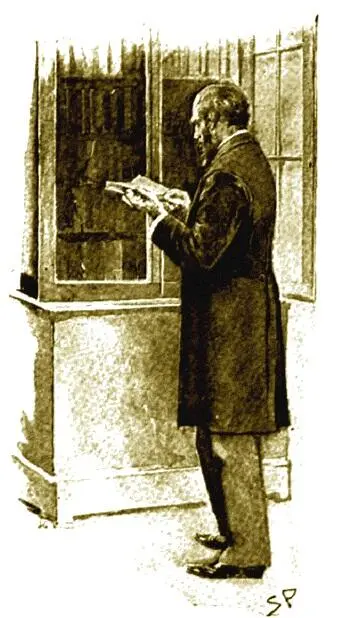
“Well,” Hewitt replied, “it all comes to the simple first statement. You know that nobody left the place or arrived, except the postman, who couldn’t get near the drawings, and yet the drawings went. Is this your office?”
The cab had stopped before a large stone building. Mr. Dixon alighted and led the way to the first-floor. Hewitt took a casual glance round each of the three rooms. There was a sort of door in the frame of ground glass over the barrier to admit of speech with visitors. This door Hewitt pushed wide open, and left so.
He and the engineer went into the inner office. “Would you like to ask Worsfold and Ritter any questions?” Mr. Dixon inquired.
“Presently. Those are their coats, I take it, hanging just to the right of the outer office door, over the umbrella stand?”
“Yes, those are all their things—coats, hats, stick, and umbrella.”
“And those coats were searched, you say?”
“Yes.”
“And this is the drawer—thoroughly searched, of course?”
“Oh, certainly; every drawer was taken out and turned over.”
“Well, of course I must assume you made no mistake in your hunt. Now tell me, did anybody know where these plans were, beyond yourself and your two men?”
“As far as I can tell, not a soul.”
“You don’t keep an office boy?”
“No. There would be nothing for him to do except to post a letter now and again, which Ritter does quite well for.”
“As you are quite sure that the drawings were there at ten o’clock, perhaps the thing scarcely matters. But I may as well know if your men have keys of the office?”
“Neither. I have patent locks to each door and I keep all the keys myself. If Worsfold or Ritter arrive before me in the morning they have to wait to be let in; and I am always present myself when the rooms are cleaned. I have not neglected precautions, you see.”
“No. I suppose the object of the theft—assuming it is a theft—is pretty plain: the thief would offer the drawings for sale to some foreign government?”
“Of course. They would probably command a great sum. I have been looking, as I need hardly tell you, to that invention to secure me a very large fortune, and I shall be ruined, indeed, if the design is taken abroad. I am under the strictest engagements to secrecy with the Admiralty, and not only should I lose all my labor, but I should lose all the confidence reposed in me at headquarters; should, in fact, be subject to penalties for breach of contract, and my career stopped forever. I can not tell you what a serious business this is for me. If you can not help me, the consequences will be terrible. Bad for the service of the country, too, of course.”
“Of course. Now tell me this: It would, I take it, be necessary for the thief to exhibit these drawings to anybody anxious to buy the secret—I mean, he couldn’t describe the invention by word of mouth.”
“Oh, no, that would be impossible. The drawings are of the most complicated description, and full of figures upon which the whole thing depends. Indeed, one would have to be a skilled expert to properly appreciate the design at all. Various principles of hydrostatics, chemistry, electricity, and pneumatics are most delicately manipulated and adjusted, and the smallest error or omission in any part would upset the whole. No, the drawings are necessary to the thing, and they are gone.”
At this moment the door of the outer office was heard to open and somebody entered. The door between the two offices was ajar, and Hewitt could see right through to the glass door left open over the barrier and into the space beyond. A well-dressed, dark, bushy-bearded man stood there carrying a hand-bag, which he placed on the ledge before him. Hewitt raised his hand to enjoin silence. The man spoke in a rather high-pitched voice and with a slight accent. “Is Mr. Dixon now within?” he asked.
“He is engaged,” answered one of the draughtsmen; “very particularly engaged. I am afraid you won’t be able to see him this afternoon. Can I give him any message?”
Читать дальше
